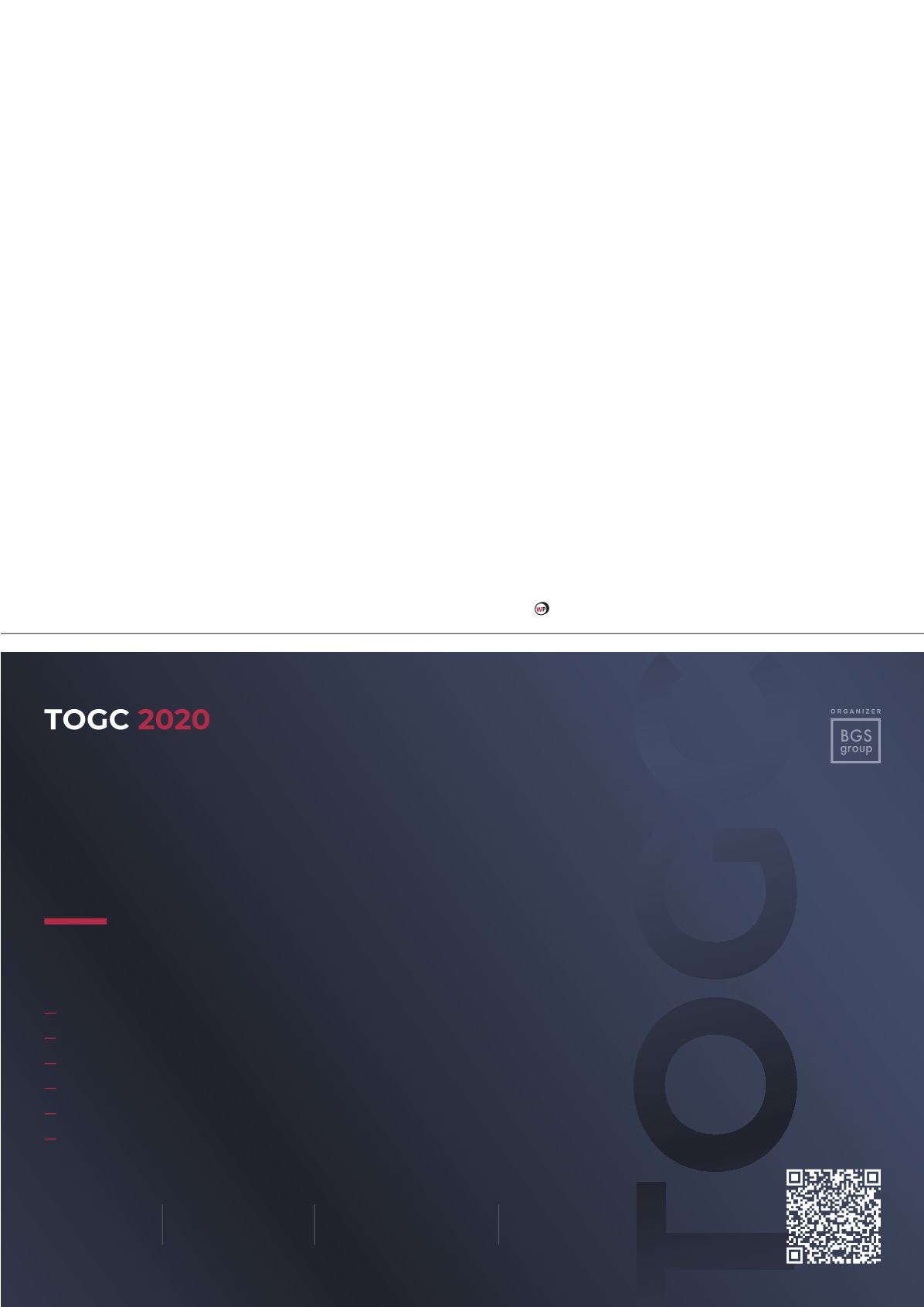
maintained performance in line with the complex demands of
the compressor system. Activity broadly followed a five-step
procedure:
)
Valves were stripped and relevant data was gathered to inform
the engineering process.
)
Using this insight, an upgraded valve trim was designed within
24 hours.
)
Materials were sourced and components manufactured locally
in the UAE.
)
Valves were reassembled and witness tested.
)
Valves were shipped back to the operator.
New trim elements were sized and designed to offer
comparable performance to the original valves. Care was also taken
to retain key dimensions, allowing the re-use of original actuation
and instrumentation components.
With such a tight timeframe, collaboration and project
management were every bit as important as technical skill. Valve
engineers worked closely with the operator, and a local repair
partner was engaged for manufacturing and assembly. This
enabled advanced engineering input to go hand-in-hand with
rapid turnaround to meet the operator’s needs. This project was a
successful example of continual improvement in action. At each
iteration, the process became more efficient as learnings were
applied. The entire end-to-end process took 10 days for the first
valve. It was then further streamlined to the point where another
valve with a completely different design was turned around in just
four days. All the retrofitted ASCVs were installed successfully.
Opting for a retrofit rather than procuring new valves shaved
94% off the turnaround time, as well as delivering significant cost
savings.
Beyond cost-efficiency
It is widely accepted that retrofitting can offer a quicker, more
cost-effective alternative to the full replacement of key assets and
critical components; however, when it is handled strategically, with
technical insights and engineering expertise thoughtfully applied, it
can go much further than that.
Improving and future-proofing severe service control valves
through retrofits represents a proactive means to enhance and
manage plant and pipeline performance. This is no ‘sticking plaster’
solution. Retrofitted valves can perform better than the originals
and have a longer lifespan. Crucially, with expert valve engineers
on hand, it is feasible to complete the process within a standard
planned shutdown window.
For oil and gas operators, faced with market volatility and
complex portfolios at various lifecycle stages, this is progressive
engineering at its most powerful. Intelligent management of these
small but essential assets can unlock cumulative performance
benefits.
ÀȲƊȁȺȯȌȲɈƊɈǞȌȁ
ǞǶ ƊȁƮ JƊȺ !ȌȁǐȲƵȺȺ
?Mh͜
ά ?WZM]͜ ;cMZh
ׄ׃
F^_ ZReRZ
b_RMYRab
ׂ׀׀
ڕ
5RZRUMcRb
׀
ڕ
3 3
\RRcW]Ub
4a^bbP^d]caWRb _W_RZW]R _a^XRPcb͛ P^\\RaPWMZ SdcdaR M]Q aRUdZMc^ah WbbdRb
E\Mac _W_RZW]R͛ ZMcRbc cRPV]^Z^UWRb M]Q caR]Qb
BW_RZW]R ;]cRUaWch ̿ 2bbRc ?M]MUR\R]c
?RRcW]U UaRR] bcM]QMaQb M]Q fMhb ^S QRPMaO^]WjMcW^]
BaWPW]U Qh]M\WPb ^] BW_RZW]R \MaYRc
BW_RZW]R P^]bcadPcW^]͛ ZMcRbc cRPV]^Z^UWRb ^eRaeWRf
jƵɯ ɈȌȯǞƧȺ
ׁ׀׀
ڕ
4^\_M]WRb








